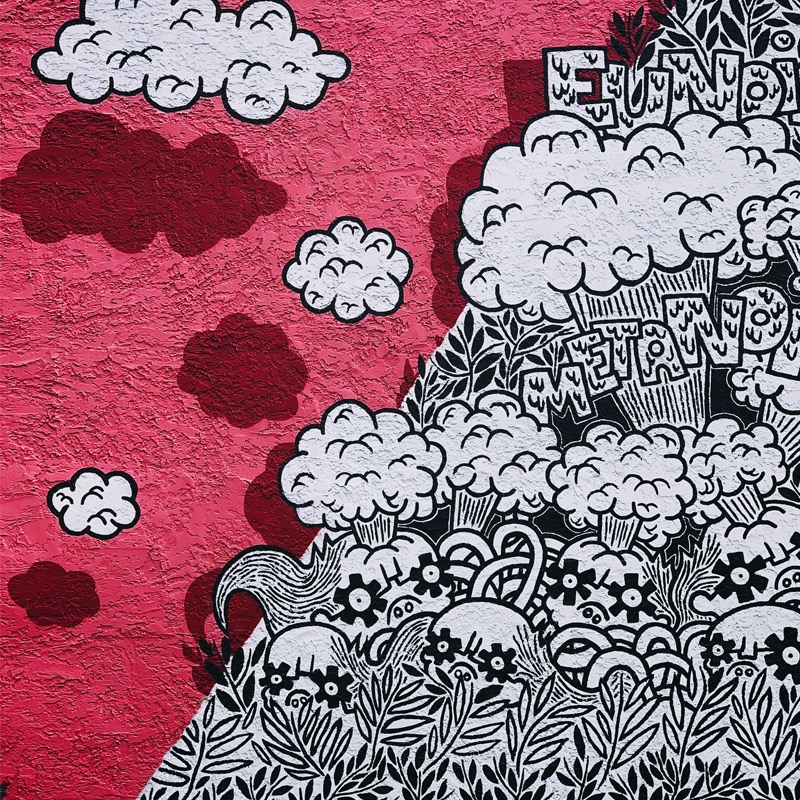The various visual arts exist within a range from purely aesthetic purposes at one end to purely utilitarian purposes at the other. Such a polarity of purpose is reflected in commonly used terms artist. The dictionary definition of art says that it is “the conscious use of skill and creative imagination especially in the production of aesthetic objects”
Fine Art
The line between fine artworks and decorative pieces is thin. Both are decorative, and both encompass elements of artistry in them. But these two art types are different. Telling a difference between a fine art piece and a mere design object can be difficult, but if you pay attention to the elements below, pretty soon you’ll be able to tell the difference.
Applied Art
The fields of industrial design, graphic design, fashion design, interior design, decorative art and functional art are altogether considered applied arts. In a creative and/or abstract context, the fields of architecture and photography are considered applied arts. Many applied art objects are collected, for instance, ceramics, textiles, jewellery, glass, furniture, children’s toys, cars, electric guitars, as well as various forms of images produced in commercial contexts, such as film posters or old advertisements.
Visual Art
The visual arts include mediums such as drawing, painting, sculpture, architecture, photography, film, and printmaking. Many of these pieces of art are created to stimulate us through a visual experience. When we look at them, they often provoke a feeling of some sort.
Decorative Art
Today, the word “art” is often associated with genres like drawing, painting, and sculpture. However, in addition to these subgroups (collectively referred to as “fine art”), there exists another important art form: decorative art. Comprising crafts that pair form with function, decorative art has played a pivotal role in the history of art, whether materializing as ancient wares, medieval textiles, or modern furniture.




